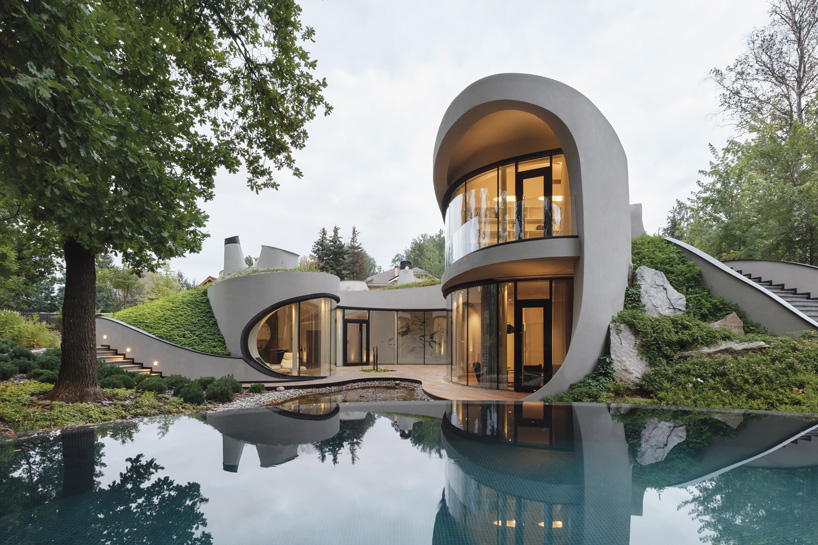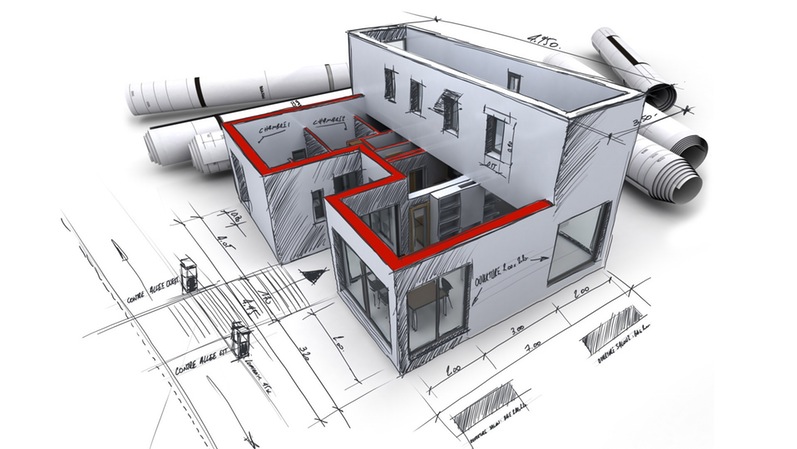The Effect of Technological Developments on the Design Practices of Contemporary Architects
The quick development of technical devices has actually substantially improved the design landscape for modern architects, promoting unprecedented degrees of development and sustainability. The combination of Building Information Modeling (BIM), parametric style, and expert system has not only structured partnership amongst varied groups yet additionally redefined project implementation. Nevertheless, as engineers accept these developments, they are faced with complex difficulties that could impact their imaginative procedures. Exploring these characteristics reveals a nuanced interplay in between technology and traditional layout approaches, prompting a more detailed examination of what the future holds for building techniques.
Advancement of Architectural Equipment
Just how have building devices changed the style and building procedures over the centuries? The development of architectural tools has significantly affected the efficiency, accuracy, and creative thinking of layout and building and construction. In old times, designers depend on simple instruments such as plumb bobs, measuring rods, and basic geometry to develop frameworks. These tools laid the foundation for very early building method, allowing for the construction of legendary frameworks, albeit with restrictions in accuracy and complexity.
With the development of the Renaissance, the introduction of the compass and the protractor marked a critical shift. These tools enabled architects to achieve higher precision in their layouts, assisting in the emergence of even more elaborate and proportionate structures. The Industrial Revolution additionally revolutionized building exercise with the intro of mechanized tools and materials, allowing for bigger and more ambitious tasks.
In the 20th century, the development of computer-aided layout (CAD) software changed the landscape as soon as again, offering engineers with extraordinary capabilities in modeling and visualization. Today, progressed devices such as Building Info Modeling (BIM) and parametric layout software remain to press the boundaries of architectural technology, enabling an extra incorporated approach to design and building procedures.
Improved Collaboration in Design
As modern technology continues to evolve, enhanced collaboration in design has ended up being a foundation of contemporary architectural method. The combination of digital devices such as Building Info Modeling (BIM), cloud-based platforms, and advanced visualization software has transformed the means engineers, designers, and stakeholders connect throughout the style procedure. These tools help with real-time communication, allowing groups to share concepts, adjustments, and comments instantly, despite geographical area.

Furthermore, interdisciplinary cooperation has been streamlined via these technological improvements, making it possible for engineers to work a lot more very closely with other experts, such as city organizers and environmental experts. The outcome is a more cohesive method to make that thinks about various perspectives and experience. Ultimately, improved cooperation in layout is not merely a trend; it is vital for producing cutting-edge, useful, and aesthetically pleasing style in an increasingly complex world.

Sustainability With Innovation
Sustainability in architecture has significantly come to be intertwined with technological development, driving the industry towards eco accountable practices. Contemporary engineers are leveraging sophisticated technologies to decrease environmental impact while boosting the performance of structures. cda architects. One famous instance is making use of Building Details Modeling (BIM), which allows for specific preparation and resource allowance, decreasing waste throughout building and advertising energy performance throughout a structure's lifecycle
Furthermore, clever materials and energy-efficient systems are being incorporated into layouts to enhance source usage. Technologies such as photovoltaic or pv cells and green roof harness renewable resource sources, contributing to minimized carbon footprints. Additionally, the application of synthetic knowledge in design processes makes it possible for designers to mimic and assess energy intake, guiding choices towards even more sustainable results.
The assimilation of sustainable innovations not just aligns with worldwide ecological goals but likewise fulfills an enhancing need from customers for eco-friendly services. As engineers welcome these developments, the focus changes in the direction of creating areas that are not just anonymous cosmetically pleasing but also functionally sustainable, consequently redefining the criteria of modern-day style. This way, innovation offers as a driver for sustainability, making it possible for engineers to design buildings that respect and improve the natural surroundings.
Obstacles in Execution
While technical developments in architecture hold fantastic guarantee for improving sustainability, their application commonly experiences significant obstacles. One primary challenge is the steep discovering curve connected with brand-new innovations. Designers and building and construction specialists might need comprehensive training to efficiently utilize advanced software and devices, which can postpone project timelines and increase costs.
In addition, the combination of arising innovations, such as Building Information Modeling (BIM) and lasting materials, frequently necessitates cooperation throughout multidisciplinary teams. This collaboration can be prevented by differences in know-how, process, and communication styles, bring about prospective conflicts and inadequacies.

Moreover, regulative structures and structure codes may not keep speed with technical innovations, developing ambiguity and potential compliance problems. This see this difficulty can inhibit engineers from totally embracing new technologies, as the danger of non-compliance might exceed the advantages. Resolving these execution difficulties is vital for the effective assimilation of technical improvements in contemporary architectural practices.
Future Fads in Design
The obstacles related to the application of new technologies in style have actually motivated a reevaluation of future patterns within the industry - cda architects. As architects browse concerns such as sustainability, urbanization, and social equity, they are progressively adopting innovative modern technologies to boost style efficiency and ecological performance
One popular pattern is the integration of expert system (AI) in the design procedure. AI devices can evaluate vast datasets to educate style choices, improving both creativity and capability. Structure Info Modeling (BIM) proceeds to develop, enabling real-time partnership among stakeholders and assisting in streamlined task management.
Lasting style techniques are also gaining momentum, with architects concentrating on flexible reuse and regenerative style concepts that reduce source consumption and waste. The consolidation of smart materials and eco-friendly energy sources will certainly even more improve the strength of buildings in the face of climate modification.
Furthermore, the increase of parametric layout permits for more personalized and context-sensitive architectural options (cda architects). By taking advantage of these developments, her comment is here designers are positioned to develop built atmospheres that not just resolve the immediate needs of society however likewise prepare for future obstacles, therefore redefining the duty of design in an ever-changing world
Final Thought
Technical innovations have actually significantly reshaped architectural design methods, helping with improved precision, partnership, and sustainability. The integration of tools such as Building Information Modeling and parametric style software, alongside expert system and smart materials, empowers architects to address complex obstacles better. While execution might offer particular barriers, the ongoing development of these innovations promises to drive innovation in architecture. Future fads will likely additionally highlight sustainability and effectiveness, ultimately redefining the built setting.